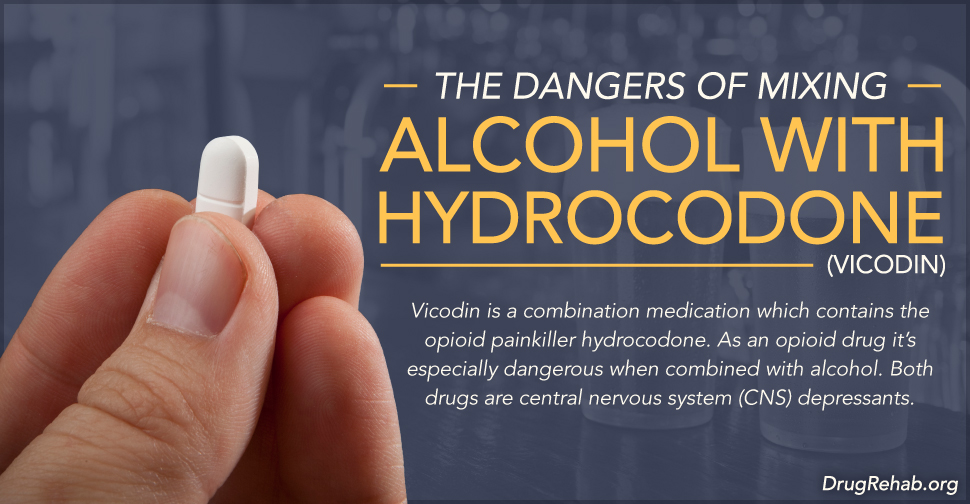
Vicodin is a prescription medication used to treat moderate to severe pain which contains both the opioid hydrocodone and paracetamol (acetaminophen). Combining alcohol with an opioid such as hydrocodone can lead to devastating consequences. Both drugs are central nervous system (CNS) depressants. Combining them magnifies these effects in a way which can lead to respiratory depression, brain damage, coma, and death. Used together they can also cause kidney damage and acute liver failure.
What Is Vicodin?
Vicodin is a combination medication, that is, it actually consists of two drugs, hydrocodone and acetaminophen, both of which are painkillers. Vicodin is used to treat moderate to severe pain, either for the purpose of temporary relief or for ongoing chronic pain management.
When the drug is used properly, as prescribed, it is for most extents and purposes safe. But this safety is fleeting if Vicodin is taken in a way other than prescribed and/or with another drug.
While the acetaminophen is meant to somewhat act as an abuse deterrent, some individuals still choose to misuse their prescription or use Vicodin recreationally. Doing so can lead to dependence, tolerance, withdrawal, addiction, and overdose. Even individuals who misuse their own prescription to self-medicate can stumble onto this treacherous path.
Is It Dangerous To Combine Alcohol And Vicodin?
Alcohol causes the sedative qualities of opioid drugs to intensify. This can create an intoxicated state much faster than a person anticipates. Even using a small amount of alcohol with opioids can do this. This is why it’s dangerous to drink alcohol if you’ve been prescribed Vicodin or if you use it illicitly.

In these states a person will become uncoordinated with poor balance, which leads to a higher risk of falls and injuries. Memory loss will occur and a person will become too impaired to drive a vehicle.
Alcohol And Vicodin Have A High Potential For Overdose
As depressants, Alcohol and Vicodin both change the way your brain and CNS regulate your heart, breathing, blood pressure, and temperature rates, causing them to slow down. When you drink alcohol with Vicodin (even in small amounts), these life-sustaining functions can become seriously compromised and in certain cases begin shutting down.
If a person uses one or both drugs to excess, they face an even greater peril of progressing to a fatal overdose. When this happens your organs and life-support systems begin to shut down. This is just from the effects of the alcohol and hydrocodone.
The acetaminophen in the Vicodin can also cause overdose if a person consumes too much. MedLine Plus cautions that any amount reaching or surpassing 7,000 mg can initiate acute overdose.
What Are The Signs Of An Alcohol And Vicodin Overdose?
If your loved one is taking both alcohol and Vicodin, understanding the signs of overdose could help to save their life.
Signs of overdose include:
- Cold skin
- Decreased cognitive functions
- Excessive dizziness
- Extreme confusion
- Irregular and falling heart rate
- Irregular, slowed, or stopped breathing
- Nausea and vomiting
- Passing out
- Seizures
- Stupor
- Weak pulse
One of the most dangerous side effects of overdose is respiratory depression. As a person’s breathing continues to plummet their brain is deprived of oxygen. When this happens, other organ systems follow suit and begin to shut down. The lack of oxygen can also lead to brain damage. During overdose a person can completely stop breathing, fall into a coma, and/or die.
Overdose is not something you can afford to take your time on. When a person is overdosing there’s a good chance they could lose their life unless they get prompt medical attention.
If you at all suspect that yourself or a person near to you is overdosing, or in jeopardy of doing so, contact emergency medical services immediately.
Using Vicodin And Alcohol Together Can Harm Your Organs
Both alcohol and Vicodin can, when abused separately, be harmful to your liver. When these drugs are used together the damage to your liver is compounded. Chronic drinkers should try to abstain from using any acetaminophen-containing product for these reasons.
Your liver is responsible for metabolizing alcohol. When you drink too much, such as within patterns of binge drinking or chronic use, this organ cannot keep up. This causes an immense strain on your liver, one, which over time, can lead to liver damage.

Vicodin abuse can also damage your liver. “Taking too much acetaminophen…is the most common cause of acute liver failure in the United States,” warns Mayo Clinic. Acute liver failure can, according to DailyMed, lead to liver transplant and death.
Using acetaminophen can lead to acute liver failure by one of two ways, either by taking:
- A single dose of the drug which is too high
- Doses higher than the daily recommendation for several consecutive days
For individuals who abuse Vicodin, this is a very real concern. Drug abusers use Vicodin in both of these patterns.
One scientific survey determined that this drug interaction can harm your kidneys too. It found that “Respondents who reported taking both acetaminophen and drinking lightly or moderately had a more than two-fold higher risk for kidney dysfunction.”
How Much Vicodin Is Too Much?
The FDA established that the maximum amount of acetaminophen per day is 4,000 mg. To put this in perspective, Harvard Medical reports that liver damage can begin occurring just beyond this, at 5,000 mg. This equates to just over 16 Vicodin a day (containing 300 mg of acetaminophen each). While this may seem like a lot, surpassing this amount can come quite easily to individuals who abuse this drug on a regular basis, especially for those who have a tolerance.
Tolerant individuals need higher doses of the drug to create the high or pain-relieving effects they seek. This, in turn, means they’re far more likely to take these toxic amounts of Vicodin. The range of Vicodin an addicted individual takes per day can vary, but some people may take 40 or more tablets a day. When the alcohol is added to the mix, it takes far less Vicodin to create these devastating effects.
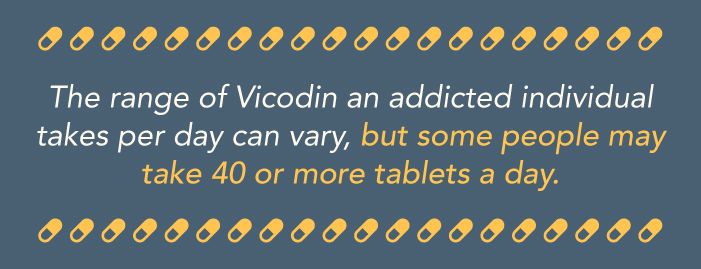
Even light to moderate use of alcohol paired with prescribed dosages of Vicodin can begin to damage your organs and create an intoxicated state. The risk of overdose escalates when you increase your consumption of either drug. The bottom line is that combining these drugs in any quantity is harmful to your health.
How Do I Get Help For My Addiction?
If you’re addicted to one or both of these drugs you need to get help as quickly as possible in order to protect your body and brain. Fortunately, there are inpatient drug rehab programs all across the country which can help you with these needs.
Alcohol and Vicodin addictions often require a medical detox to treat the physical addiction. After you’ve progressed through detoxification it’s best to proceed directly to treatment. The most comprehensive programs offer both of these services under one roof.

During your program, medication-assisted treatments, behavioral therapies, counseling, and a wide-range of other modalities will be implemented to help you reach a sober state. Aftercare programs typically follow, which will help you to stay strong in your commitment to sobriety.
Don’t Let Your Addiction Go Any Further
If you’re concerned that someone you care about is mixing alcohol and Vicodin in a way which could harm their health, reach out to us at DrugRehab.org today. Our confidential assessment will get you started on the path to a healthier, drug-free life.
For More Information Related to “The Dangers Of Mixing Alcohol With Hydrocodone (Vicodin)” Be Sure To Check Out These Additional Resources From DrugRehab.org:
- The Dangers Of Snorting Vicodin (Hydrocodone)
- How Long Does Alcohol Stay in Your System?
- How Common is Alcohol Abuse?
- What Is A Brompton Cocktail Addiction?
- How To Stop Prescription Drug Abuse
Sources
DailyMed — LABEL: Vicodin HP
Harvard Health Publications — Overdosing Acetaminophen
MedLine Plus — Acetaminophen overdose
MedLine Plus — Hydrocodone Combination Products





 For individuals who aren’t accustomed to consuming alcohol with crack, the potential for a fatal overdose skyrockets. Alcohol can actually make it easier for your body to absorb cocaine, which increases the concentration of cocaine within your blood by 20 to 30 percent. From this effect, a person could overdose if they take an amount they are typically used to when using the drug alone.
For individuals who aren’t accustomed to consuming alcohol with crack, the potential for a fatal overdose skyrockets. Alcohol can actually make it easier for your body to absorb cocaine, which increases the concentration of cocaine within your blood by 20 to 30 percent. From this effect, a person could overdose if they take an amount they are typically used to when using the drug alone.




 Codeine has been mixed with different drugs to treat various medical conditions, most commonly acetaminophen. There are various strengths of this drug combination, indicated in the title of the drug as Tylenol 2, Tylenol 3, and Tylenol 4. Tylenol 4 is the most potent of these medications, containing 60mg of codeine and 325mg of acetaminophen.
Codeine has been mixed with different drugs to treat various medical conditions, most commonly acetaminophen. There are various strengths of this drug combination, indicated in the title of the drug as Tylenol 2, Tylenol 3, and Tylenol 4. Tylenol 4 is the most potent of these medications, containing 60mg of codeine and 325mg of acetaminophen. While reducing the amount and frequency of opioids if you have a substance abuse issue is important, quitting abruptly can be extremely dangerous. Because your brain has become accustomed to a certain level of opioids binding with your opioid receptors, your body considers this new chemical balance to be the norm. If you suddenly stop taking opioids, then this level will come down too rapidly, resulting in withdrawal symptoms.
While reducing the amount and frequency of opioids if you have a substance abuse issue is important, quitting abruptly can be extremely dangerous. Because your brain has become accustomed to a certain level of opioids binding with your opioid receptors, your body considers this new chemical balance to be the norm. If you suddenly stop taking opioids, then this level will come down too rapidly, resulting in withdrawal symptoms.
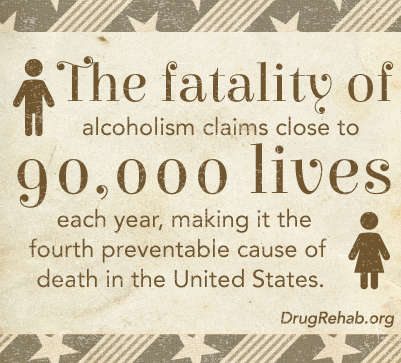 Alcohol abuse
Alcohol abuse






 Temazepam is one of the many sedatives that can be used to help a person sleep, but in the illicit market, there’s a lot of room for diversion and abuse of it. Perhaps you’ve never heard of it, but temazepam a much bigger problem than most of us realize.
Temazepam is one of the many sedatives that can be used to help a person sleep, but in the illicit market, there’s a lot of room for diversion and abuse of it. Perhaps you’ve never heard of it, but temazepam a much bigger problem than most of us realize. Temazepam and other benzodiazepines are classified as schedule IV depressants by the
Temazepam and other benzodiazepines are classified as schedule IV depressants by the  During this time, you’ll gradually be taken off the benzodiazepine, and your withdrawal symptoms will be carefully monitored by professionals.
During this time, you’ll gradually be taken off the benzodiazepine, and your withdrawal symptoms will be carefully monitored by professionals.




 The
The 
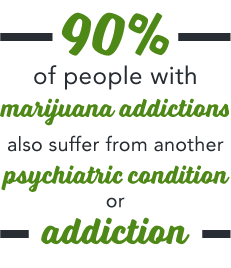












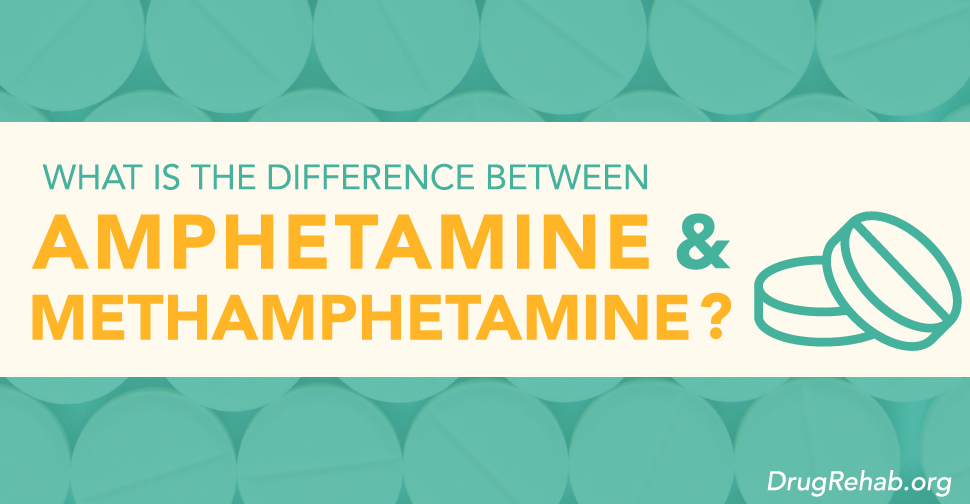

 As with amphetamine, methamphetamine is available under prescription in pill form. When people abuse it, they also crush and snort it, or mix it with water to make a solution to inject. But methamphetamine (commonly called meth) may also be formed into a solid, crystal-like form and smoked.
As with amphetamine, methamphetamine is available under prescription in pill form. When people abuse it, they also crush and snort it, or mix it with water to make a solution to inject. But methamphetamine (commonly called meth) may also be formed into a solid, crystal-like form and smoked.


 Women who have suffered with
Women who have suffered with 
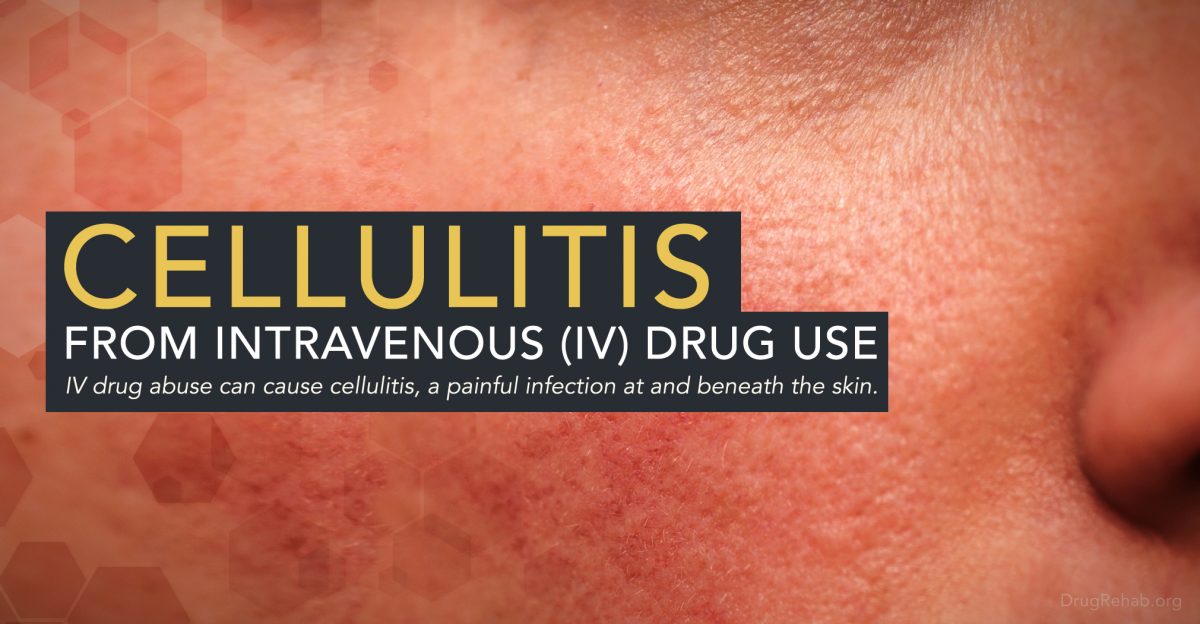
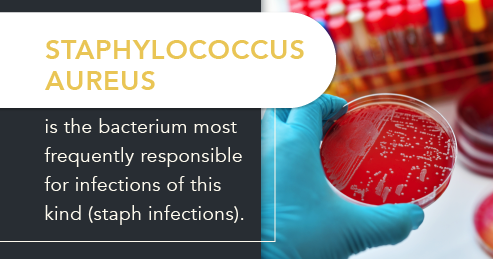
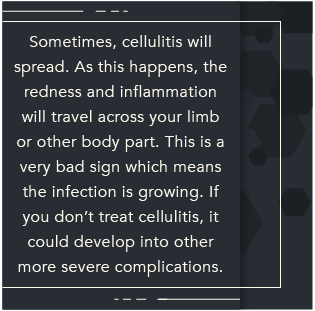 Cellulitis is a type of skin and soft tissue infection. Staphylococcus aureus is frequently responsible for infections of this kind (staph infections). Cellulitis is one of the two most common forms of staph infections. It may also be caused by certain types of streptococcal and oral bacteria or even fungi.
Cellulitis is a type of skin and soft tissue infection. Staphylococcus aureus is frequently responsible for infections of this kind (staph infections). Cellulitis is one of the two most common forms of staph infections. It may also be caused by certain types of streptococcal and oral bacteria or even fungi.